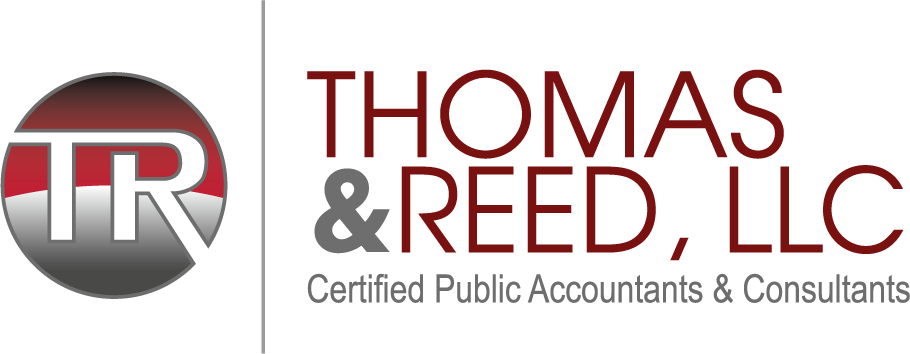Learn how to create accessible Microsoft Word documents that conform to the Revised 508 Standards.
Microsoft Word
Guidance developed by the Accessible Electronic Documents Community of Practice (AED COP).
Training Videos

How to Make an Accessible Document in Microsoft Word
The Accessible Electronic Document Community of Practice (AED CoP) created this series of videos to explain and demonstrate the minimum steps needed to ensure your Microsoft Word document is Section 508 conformant.
Duration 59m 21s | 14-Part Video Series
Tips
- Save documents as .docx format to preserve accessibility features. Other formats that can be produced by Microsoft Word (RTF, DOC, TXT, and ODF) may not be accessible.
- Develop reusable accessible design templates to reduce the level of effort to create accessible electronic content.
- Follow responsive design principles that support accessibility on different types of devices.
- Advocate for the use of authoring tools and document converters that enable users to easily create accessible documents. Where possible, upgrade existing tools (e.g., Microsoft Office or Adobe Acrobat) to the latest version. Benefits include:
- Authoring and evaluation features that make it easier to create accessible documents;
- Conformance to requirements for software-authoring tools requirement in the Revised 508 standards.
Agency-Developed Guidance
The resources in this section were developed by federal agencies and shared here for your convenience. Note, much of this guidance predates the Revised 508 Standards.
- Resources for Developers and Document Authors – Guidance on how to create accessible electronic content
- Alternate Text For Images (PDF, July 2011) – Developed by SSA
- – ONRR.gov
Related Resources
- Create Accessible Digital Products
- Web Accessibility Tutorials and Presentations – Guidance from the World Wide Web Consortium (W3C)
- Review WebAIM Alternative Text for appropriate use of alternative text.
- Review for guidance on how to describe images.
- Microsoft Accessibility
